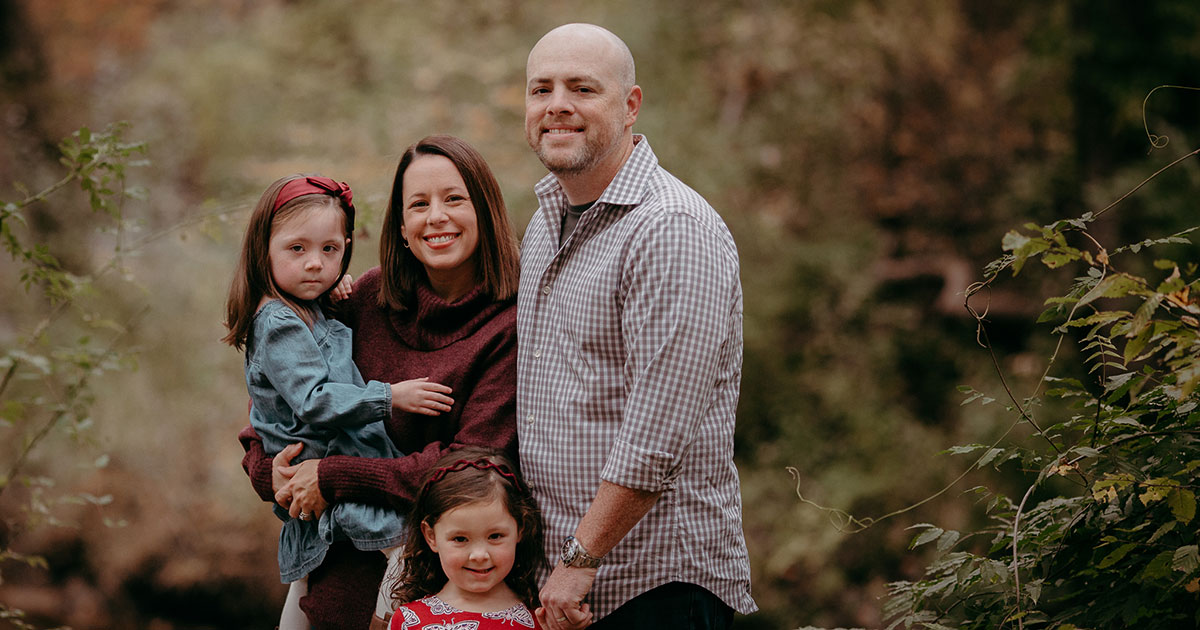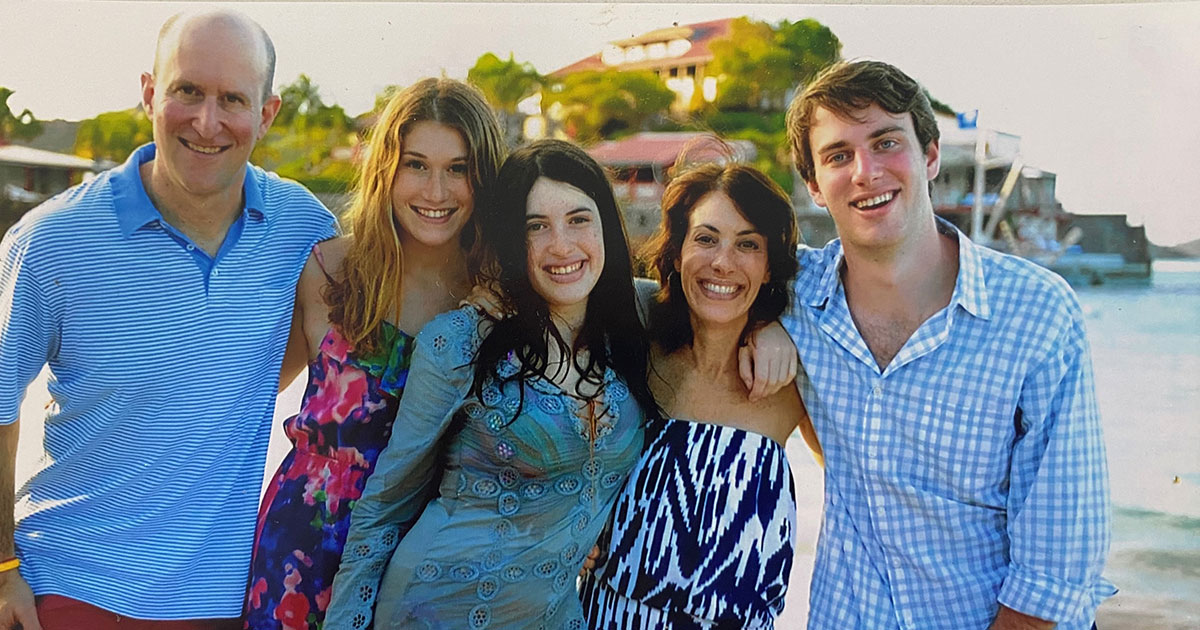“It’s called static encephalopathy. Her brain is not developing. Just go home and love her.”
“There’s something wrong; we just don’t know what.”
“Your daughter has failure to thrive. We don’t know why. Research has not caught up.”
These are statements three mothers heard from their neurologists about their infant daughters who were having seizures and exhibiting neurodevelopmental delays. Upon hearing those frightening words, they vowed not to sit idly by, but to figure out the underlying cause affecting their children. Ultimately, all three girls were diagnosed with CACNA1A, a rare genetic disease on the 19th chromosome that affects how the calcium channels function in their brains.
Mutations or variants on the CACNA1A gene cause a variety of symptoms, including ataxia, epilepsy, developmental disabilities, eye movement disorders, hemiplegic migraines (stroke-like episodes), intellectual disabilities and cerebellar atrophy. The clock is ticking for many people with a CACNA1A mutation; as their cerebellums shrink, they lose motor coordination and balance.

Finding a community
Lisa Manaster, Shanna Tolbert and Carolyn Anderson met virtually through a parent Facebook group. Given the lack of available information about the disease, this group had been their primary source of guidance and support.
The diagnosis of a CACNA1A mutation requires patients to see specialists across multiple medical disciplines to manage the disease’s manifestations, including ophthalmologists, developmental pediatricians, epileptologists and neurologists specializing in ataxia and hemiplegic migraines. Manaster, Tolbert and Anderson immersed themselves in medical literature, inspired to learn as much as possible about CACNA1A. With fragmented information available about mutations on the gene, the three motivated mothers began to piece together a highly complex puzzle.

Raising awareness
In June, the CACNA1A Foundation was formally established to raise awareness and find a cure for this rare degenerative neurological disease. One of the first steps in accelerating research is to gather data on as many people with CACNA1A variants as can be found. Dr. Wendy Chung from Columbia University has designed a natural history study that tracks symptoms, disease progression and establishes standards of care across medical disciplines. The study provides a vehicle by which researchers, pharmaceutical and biotech companies can access vetted patients for clinical trials.

“Natural history studies provide a critical baseline to which we can compare outcomes when we assess the efficacy of new treatments,” Dr. Chung said.
In addition, the CACNA1A Foundation has assembled a team of top medical advisors to support its cause. These determined women are raising funds to support translational research, as scientists believe a cure is possible. In fact, a recent request for proposals for a seed grant resulted in eight applications from around the world.
These three mothers are on a mission to accelerate life-changing research for their children and all those with pathogenic variants in their CACNA1A gene.
To learn more, please visit www.cacna1a.org.

